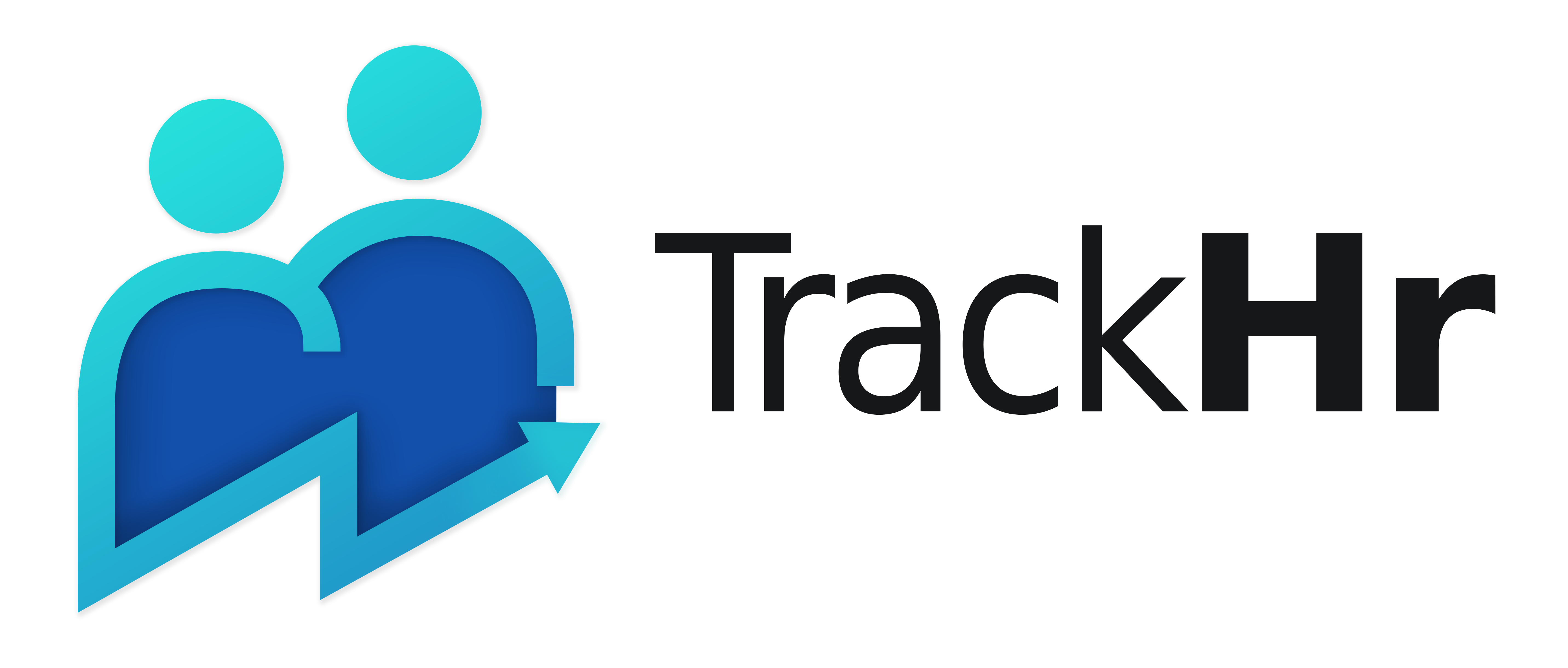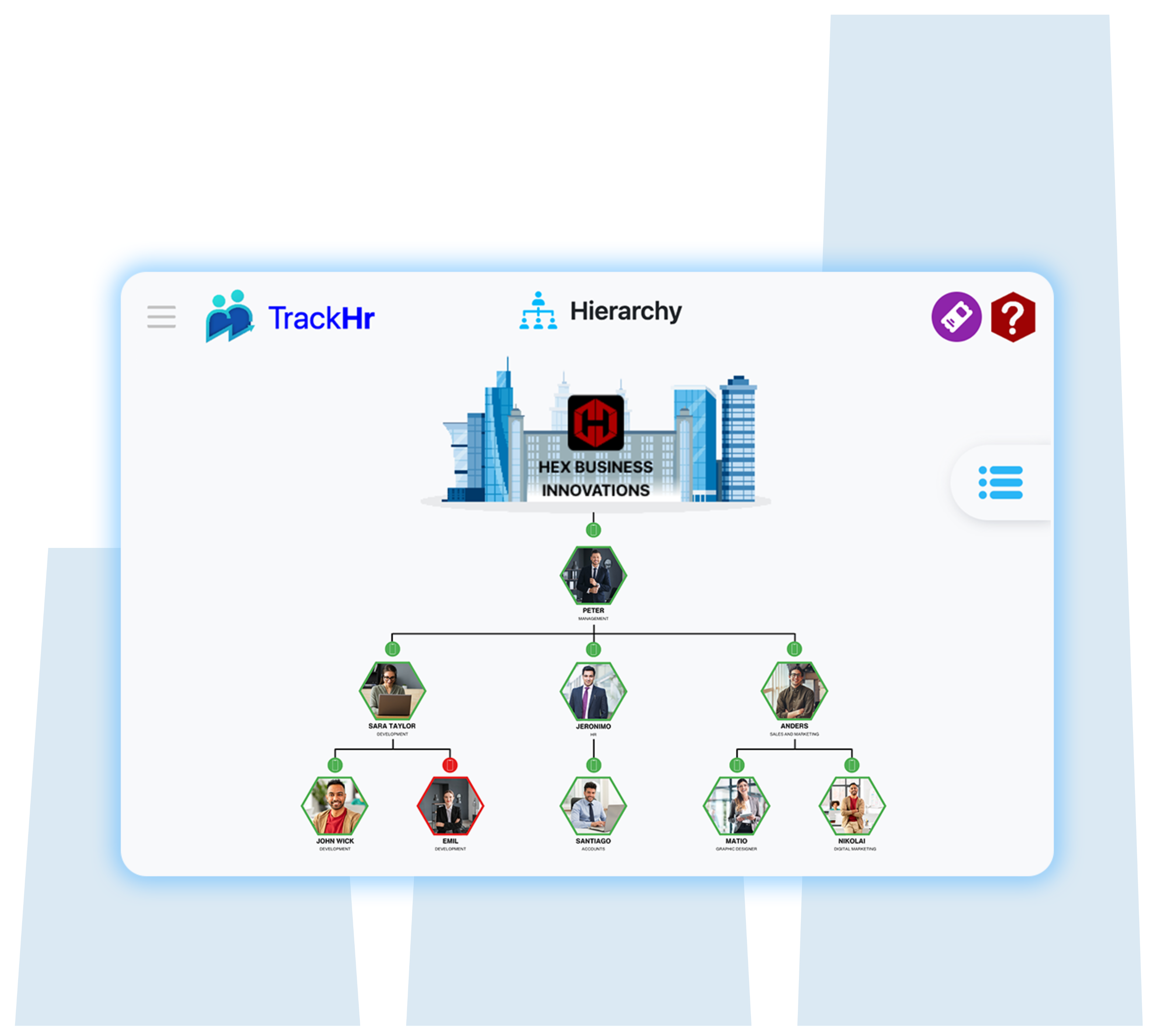Blog
Challenges in Implementing a Performance Management System
- May 6, 2025
- 10:28 am

A Performance Management System (PMS) is essential for aligning individual goals with organizational objectives and tracking performance in real time. However, many companies struggle to implement these systems effectively. Without proper planning and execution, even the best tools can fail to deliver the intended benefits. In this article, we explore the most common challenges in implementing a performance management system and how businesses can address them.
1. Lack of Clear Objectives
Before implementing a PMS, organizations must define what success looks like. A lack of clarity around performance goals and KPIs can lead to confusion and poor alignment with business outcomes.
Solution:
Establish SMART goals—Specific, Measurable, Achievable, Relevant, and Time-bound—that align with your company’s strategic vision.
2. Poor Communication
If employees do not understand how the system works or why it matters, adoption will be low. Poor communication leads to skepticism, resistance, and disengagement.
Solution:
Launch a clear internal communication strategy that explains the benefits of the PMS, how it will be used, and what employees can expect.
3. Inconsistent Application by Managers
When managers apply performance criteria inconsistently, employees perceive the system as unfair or biased. This erodes trust and reduces effectiveness.
Solution:
Provide training for managers on how to fairly evaluate performance, deliver feedback, and document progress.
4. Insufficient Training
A common challenge in implementing a performance management system is lack of adequate training. Without it, users may not know how to fully utilize the system’s features.
Solution:
Offer role-specific training and provide ongoing support to ensure proper usage and adoption of the PMS platform.
5. Over-Reliance on Quantitative Metrics
Numbers tell part of the story, but focusing only on KPIs can ignore soft skills, collaboration, and innovation.
Solution:
Balance quantitative metrics with qualitative assessments like peer reviews, self-assessments, and manager feedback.
6. Resistance to Change
Employees often resist new systems, especially if they’ve experienced failed implementations in the past.
Solution:
Involve employees early in the planning process and highlight how the system supports personal development and career growth.
7. Technology Integration Issues
Outdated or incompatible systems can cause data silos, delays, and frustration.
Solution:
Choose a PMS that integrates with existing tools like HR software, time tracking apps, and project management systems. Tools like TrackHr offer seamless integration and real-time analytics.
8. Lack of Ongoing Feedback
Traditional annual reviews are outdated. Without continuous feedback, issues go unaddressed and opportunities for improvement are missed.
Solution:
Implement regular check-ins, one-on-one meetings, and 360-degree feedback to ensure continuous performance improvement.
Conclusion
Overcoming challenges in implementing a performance management system requires strategic planning, effective communication, and the right technology. By addressing common issues such as poor communication, inconsistent application, and lack of training, businesses can unlock the full potential of their workforce. Tools like TrackHr make it easier to streamline performance tracking and empower managers to lead effectively. When implemented properly, a PMS not only improves performance—it drives organizational success.
Table of Contents
Exhausted from managing performance management manually?






